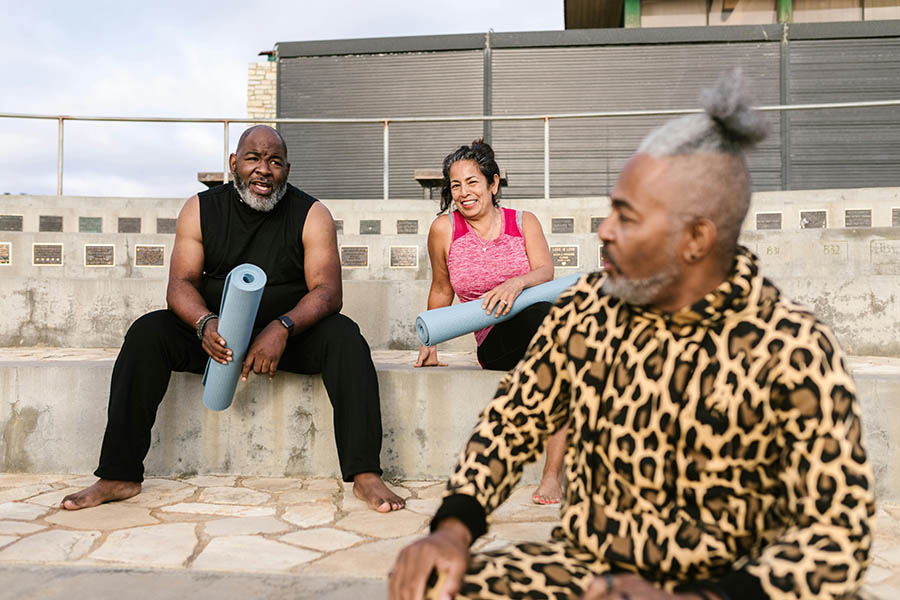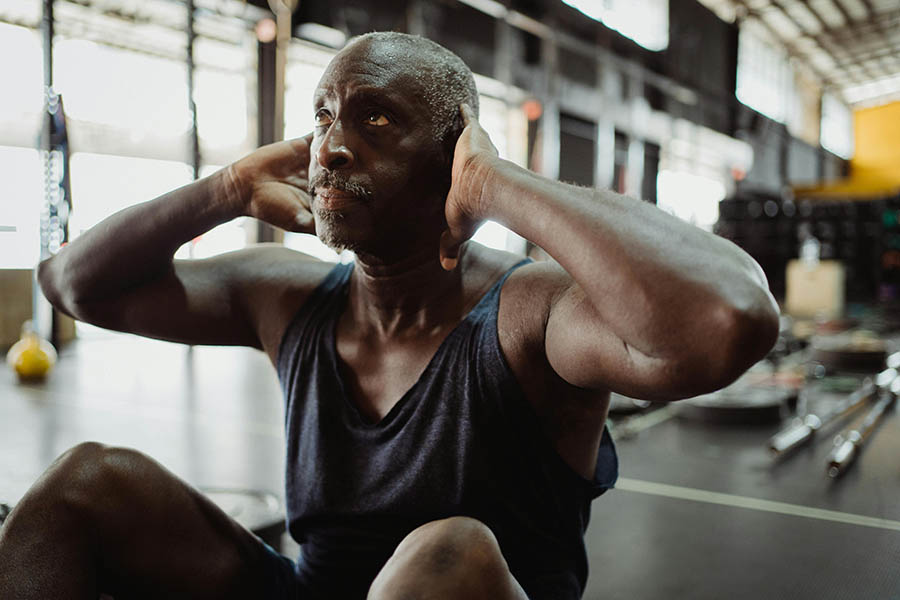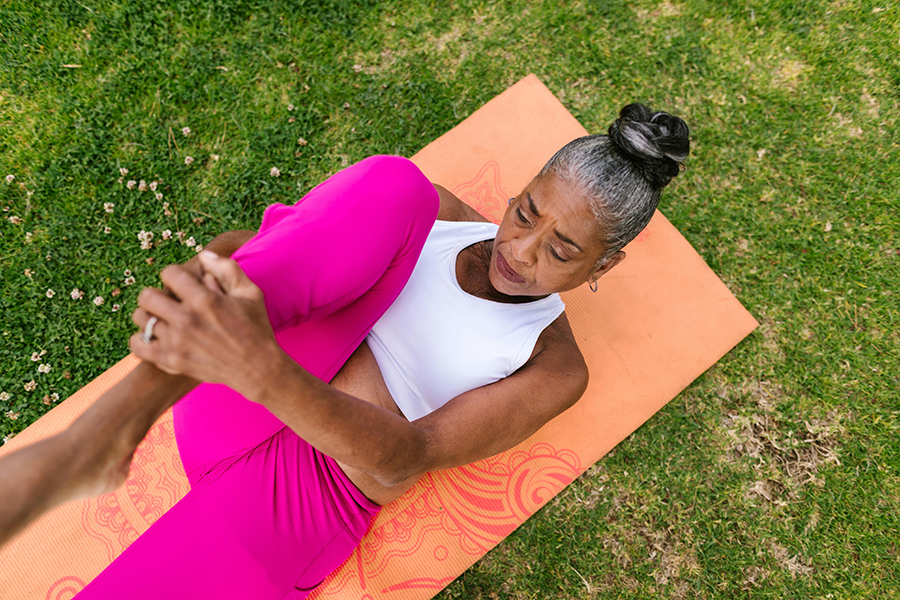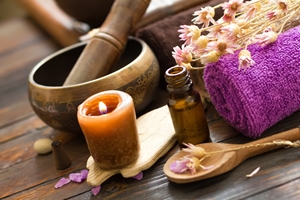
Your sense of smell is a powerful thing. Smell has been linked to memory – have you ever caught a whiff of peppermint and thought of your grandmother? – and can even influence your mood.
There are many who believe that harnessing your sense of smell can have a beneficial impact on your physical and emotional wellbeing. The application of this principle is a practice known as aromatherapy.
What is aromatherapy?
Aromatherapy – also known as essential oil therapy – is a form of alternative medicine defined by the National Association for Holistic Aromatherapy “as the art and science of utilizing naturally extracted aromatic essences from plants to balance, harmonize and promote the health of body, mind and spirit.”
According to the University of Maryland Medical Center, essential oils have been used for more than 6,000 years for therapeutic purposes, including by the ancient Egyptians, Chinese, Indians, Romans and Greeks. The formal science of aromatherapy was founded by French chemist René-Maurice Gattefossé in 1928 after he discovered that lavender oil helped to heal a burn on his hand. By the 1950s massage therapists, doctors and other care providers were beginning to use the practice as well.
Today, the oils used in aromatherapy are collected from various natural sources, including, but not limited to, leaves, flowers and barks. Most any part of plants can be used. Popular scents include lavender, peppermint, lemon, eucalyptus, frankincense, oregano and many more.
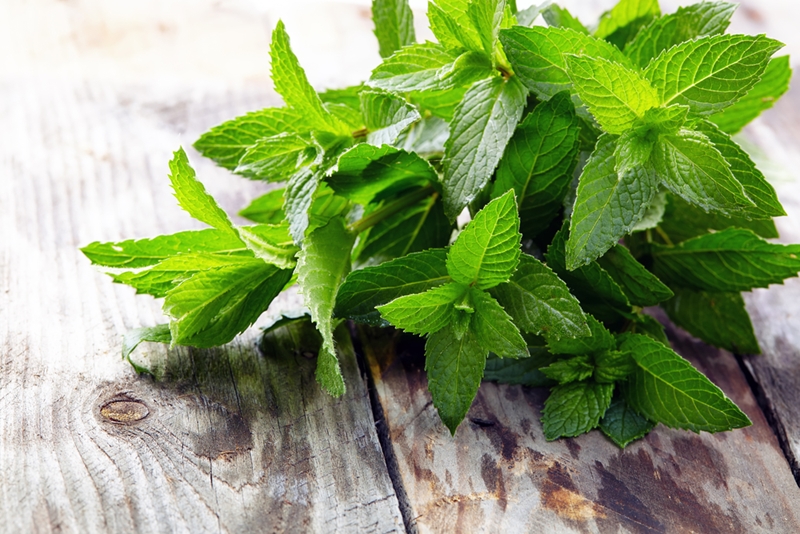 Oil extracted from peppermint leaves can be used in aromatherapy.
Oil extracted from peppermint leaves can be used in aromatherapy.How is aromatherapy used?
A common way that these oils are used is by inhalation through the nose – as is suggested by the term “aromatherapy.” This can be done by gently sniffing a bottle, introducing the scents into the air through a diffuser or burning incense.
However, that is far from the only option. The oil can also be rubbed directly onto your skin or infused into lotions, bath salts and other beauty products. Some people even choose to add a few drops directly to a hot bath for an at-home spa experience.
In a professional aromatherapy session, an aromatherapist, physical therapist, nurse or massage therapist will provide the oil topically or have you inhale it through an aromatherapy treatment. Massage is a common form of treatment in these sessions, as it allows the oils to be both inhaled and absorbed through the skin.
Occasionally essential oils are also taken orally, usually in supplement form. Do not consume any of these oils, even in a pill, unless directed by a professional care provider.
What are the benefits of aromatherapy?
Aromatherapy has been used over the years for numerous purposes, ranging from the treatment of stress and minor scrapes to more chronic health problems, such as arthritis or migraines.
Dr. Brent Bauer, writing for Mayo Clinic, reported that research has shown evidence for the following potential benefits:
- Anxiety and depression relief.
- Improved quality of life, particularly for those with chronic health conditions.
- Sleep improvement.
However, it should be noted that there are many types of oils, and the research on each are varied, with some receiving more attention than others. The benefits of lavender oil, for example, are fairly well documented. Bauer reported that these studies have suggested the following uses:
- Reduce pain for people with knee osteoarthritis.
- Improve quality of life for those living with dementia.
- Mitigate pain for patients with kidney stones.
Always talk to your doctor before using aromatherapy to treat a medical condition.
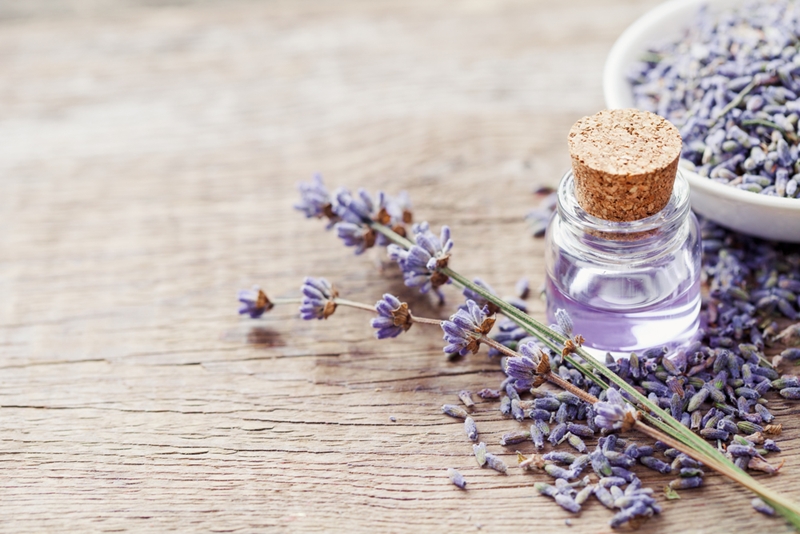 If you’re feeling stressed, try a few drops of lavender essential oil.
If you’re feeling stressed, try a few drops of lavender essential oil.Is aromatherapy safe?
When used correctly, aromatherapy carries few risks. Remember, oils should never be consumed orally unless you are directed to do so by a licensed medical professional.
Like most any substance introduced to the body, allergic reactions are possible. When applying an oil to the skin yourself, try it in a small area first to test its effect. Skin irritation and other allergic responses can occur.
However, it should be noted that research on the use of aromatherapy is limited. Don’t use this method to treat a medical condition without first consulting with your physician.
How do I get started?
If you’re serious about trying out the benefits of aromatherapy for yourself and after you have talked to your doctor, there are numerous online classes and tutorials that can walk you through the basics of using essential oils. You may also be able to find courses in your community or professionals who specialize in the field who you can meet with in person to discuss your questions.
Or consider making an appointment with a licensed professional for a relaxing massage or other treatment if you’re looking for stress relief.
You don’t have to invest a lot of time or money to try out aromatherapy. If you want to start slow, consider picking a popular scent, such as lavender, and applying a few drops to your wrists and temples. Slowly breathe in the scent and see if it helps stress melt away.
